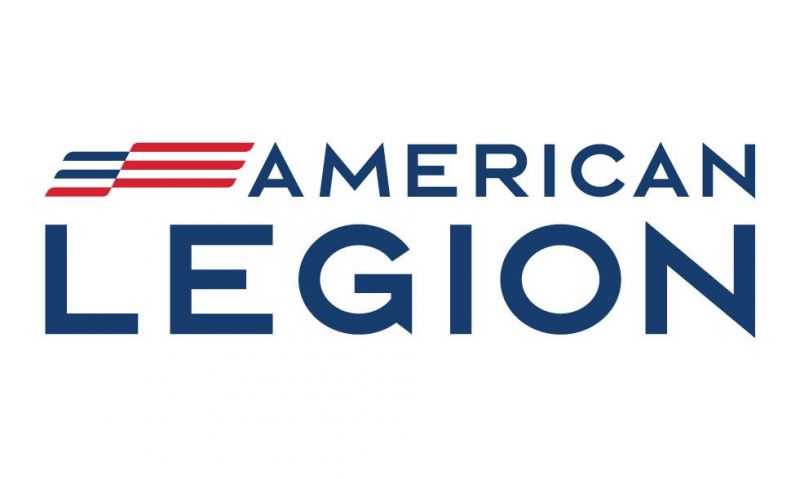
Listen to Marine veteran discuss suicide prevention initiatives
The American Legion Training Tuesday session on April 25 welcomed U.S. Marine veteran Jason Murrey who discussed how to engage a veteran in a crisis, identify warning signs of suicide, provide assistance, and how to break down the stigma of talking about suicide and asking for help.
Watch the Training Tuesday presentation by Murrey here. And visit the Training Tuesday web page to download his PowerPoint.
Murrey, a prevention specialist for the Indiana Department of Education, provided suicide prevention training to Marines while on deployment to Iraq in 2009.
“We’ve lost more Marines to suicide and more servicemembers to suicide than we have in combat and all of our Operation Iraqi Freedom, Operation Enduring Freedom and the Afghan campaign. And so to me, this (suicide prevention) is something I’m very passionate about,” Murrey said.
Murrey said that the 2022 National Veteran Suicide Prevention annual report stated that the suicide rate for veterans was 57.3% greater than non-veterans in the United States.
“I've been doing suicide prevention work for almost a decade now. One of the things I can clearly say, and I say to be absolutely true, I'm sure there may be studies, is that nobody wants to die by suicide. They want the pain to end.
“I have not yet seen a single case for an individual who just woke up said, ‘Well, today I'm gonna take my own life and it's all good.’ No, there's usually something that's building up to this point of where they see suicide as the only solution to this temporary problem. But to them, it's not temporary. This is their world. This is their deal.”
Murrey shared warning signs and behavior changes when someone may be suicidal. Warning signs include the person verbalizing that they want to kill themselves; they would rather be dead; or it would be better if they weren’t here. Behavioral signs to look for include isolation, giving away prized possessions or things important to them, or putting their personal affairs in order.
“The one thing that I see across the board, whether veterans, whether it's non-veterans, whether it's a kid, it's this weird idea, this fear of becoming a burden,” Murrey said. “And what I usually learn is that when individuals say ‘I'm becoming a burden’ or ‘I'm going to be a burden to so and so and it would just be better if I wasn't here’ is that person has not actually approached that conversation with the person that they believe they're going to be a burden to.”
When a person is in crisis, Murrey said to ask them “Are you thinking about suicide?” and “Do you have a plan?”
“When you see them, empathize with their crisis and listen to how they came to this crisis again,” Murrey said. “Oftentimes it leads to identifying what and who is important to them and other protective factors.
“And do not refer (the person in crisis to) anything that you have not checked out yourself. I'll say it again, do not refer any type of help that you have not checked out yourself. I don't care if my trusted source told me about it and they said this was great. Pick up the phone, do your Google search, check it out, or if it's somewhere you can visit, visit it.”
The American Legion’s Be the One suicide prevention initiative has resources available to help veterans in crisis. Learn how to Be the One to save a veteran by visiting legion.org/betheone.
